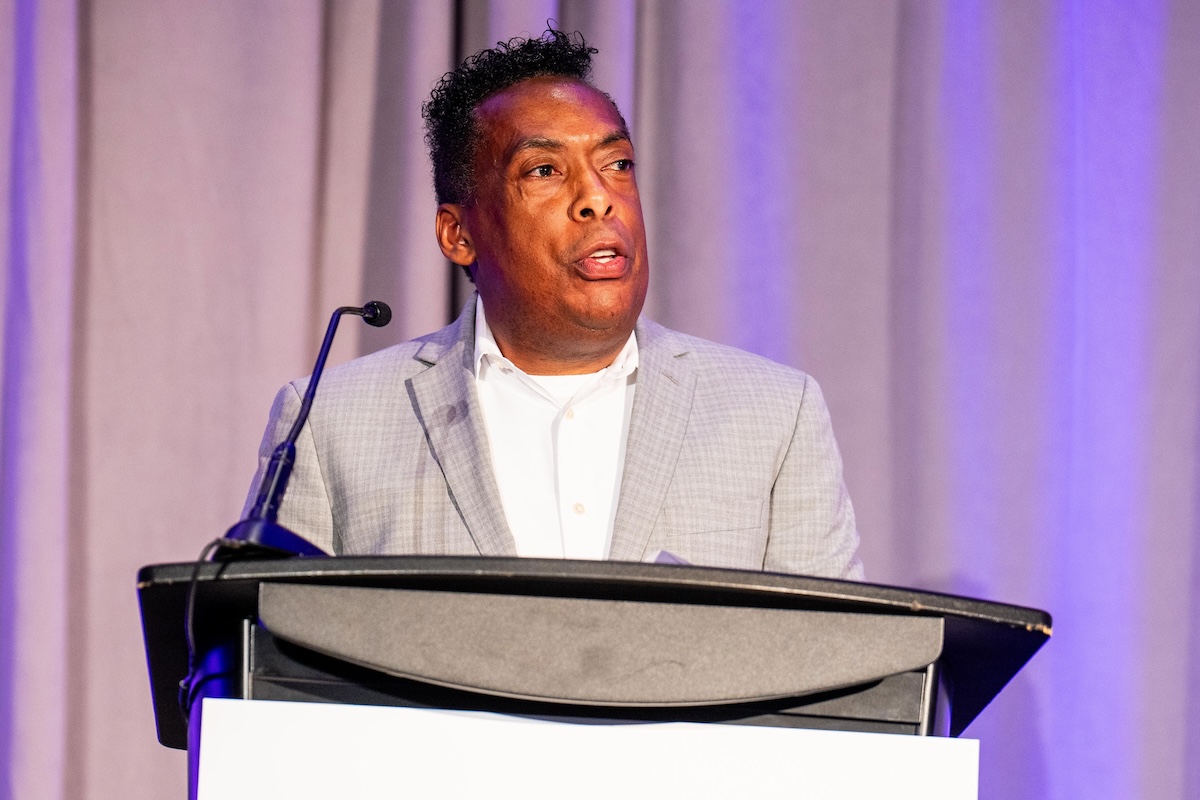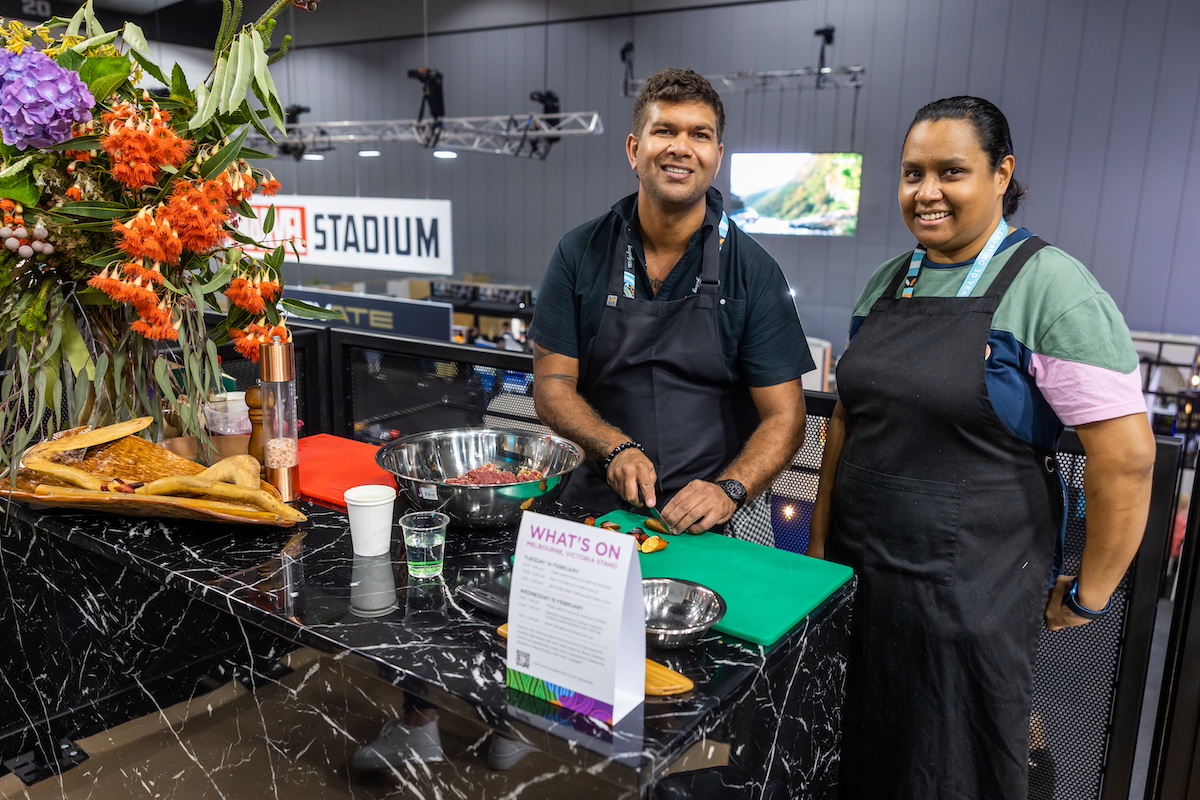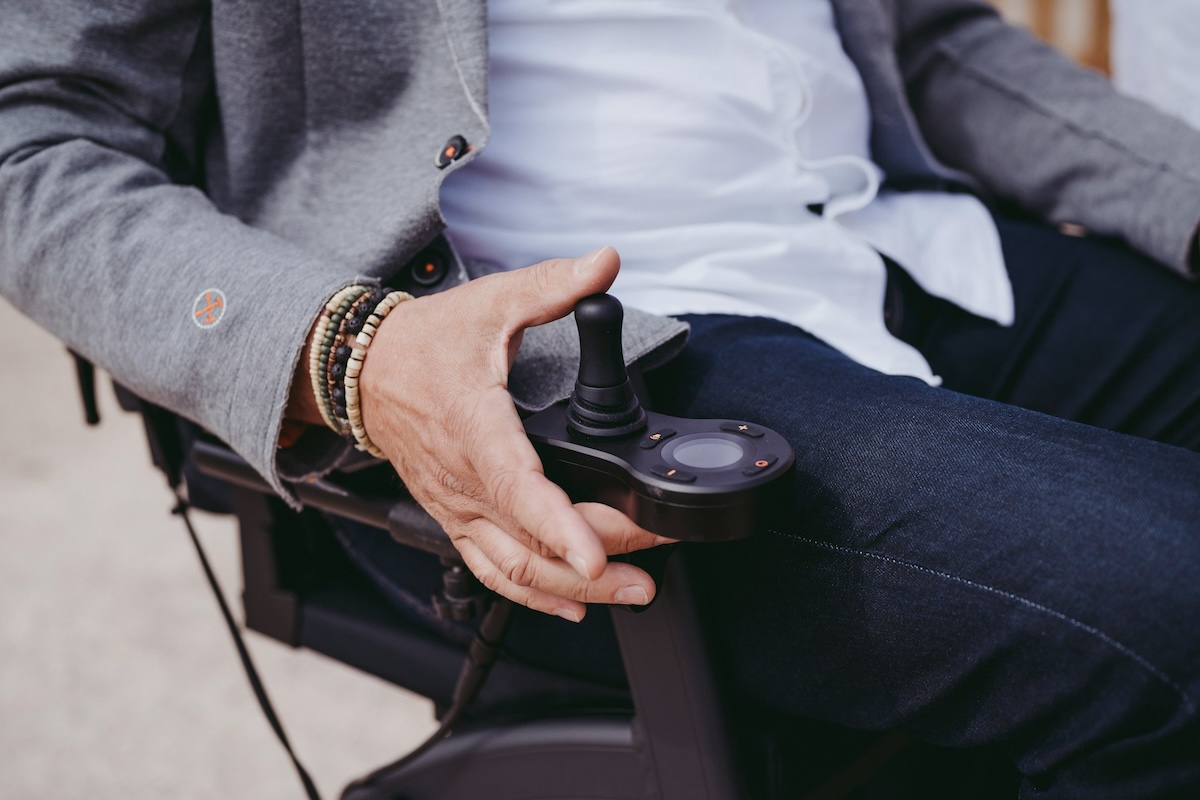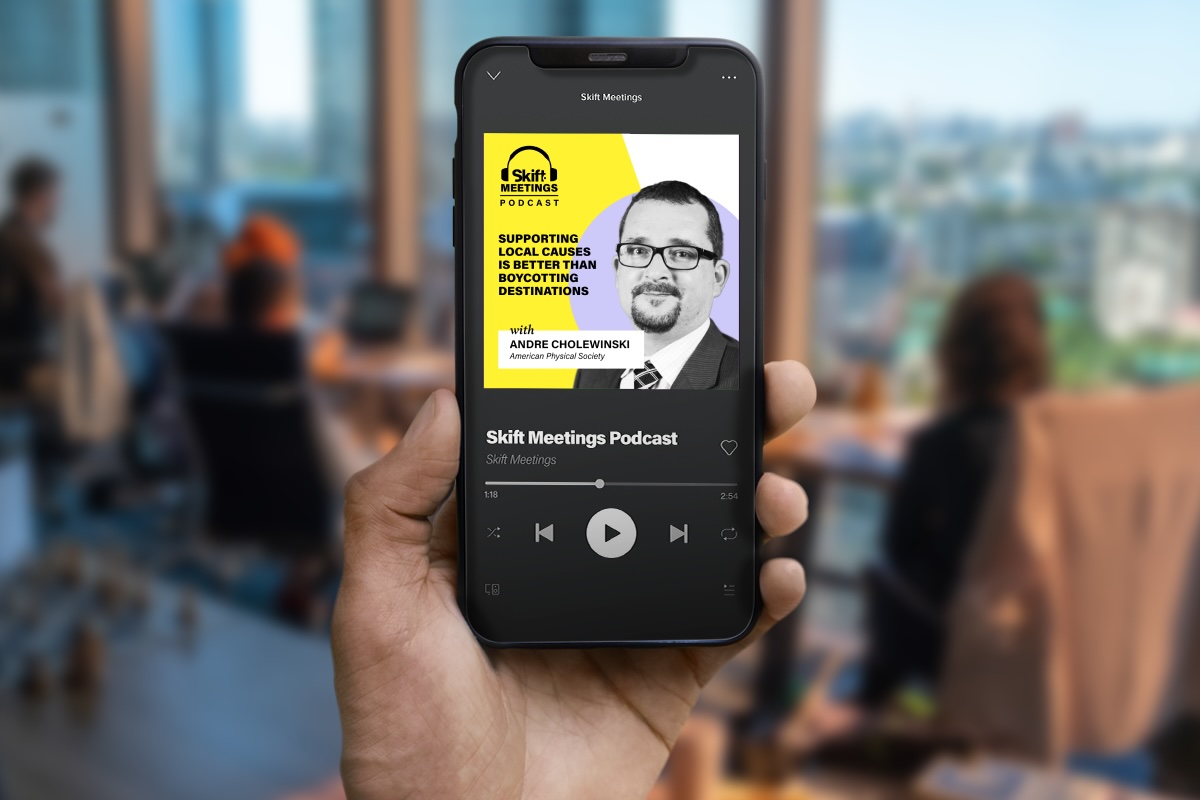Skift Take
With the return of in-person events, industry professionals may have overlooked one factor in their desire to nurture diversity, equity, and inclusion efforts — the event space itself.
Experience design intentionally maps events to align with attendee personas, needs, and preferences. An aspect of this process is diversity, equity, and inclusion, otherwise known as DEI.
Event professionals often think DEI relates only to doing something different. However, Roy Gluckman, DEI specialist and co-founder of Cohesion Collective, explained at its core, DEI addresses the feeling that space exerts on people. To understand what this means for events, Gluckman shared his insights.
The Importance of DEI and Events
What is your definition of DEI?
Roy Gluckman: In a nutshell, DEI is a mindset and a skill set. As a mindset, it’s a lens through which we look through the world and acknowledge if our world is equal. Our body is the primary vessel through which we experience diversity. Given our history, that experience will change based on our identity.
For example, we could look at an event and say, ‘Oh, everyone’s equal, everyone has equal access.’ We know that not everyone has physical access, so we have to plan for that.
But we don’t necessarily bring that same awareness when we’re thinking about race, gender, language, nationality, and culture, and DEI asks us to start doing that. The skillset is how do I then bring this mindset into action.
Why is DEI important in this context?
Gluckman: DEI has always been important. We live in an increasingly globalized world, which means we have different needs to cater to in so many aspects of our organizations and events – there is an increased intolerance to not being catered to. Because we now cater to more people where before we were catering for a single type of person, it’s much broader, potentially leading to frustration.
But the benefits of catering to somebody, and I mean this in all the definitions of catering — like access to the venue, the language of an event, actual food — signals to people who attend events ‘you matter.’
The crucial importance of what eventing or space is about is when people feel like they matter and it is genuine, there is a more robust attitude, and a deeper connection with the brand, event, or message. There is a greater willingness to participate. There is better learning. It allows people to fully be optimized and not in the gross capitalist productive way but optimized by bringing their best selves into those spaces.
Eventing has for a long time spoken about the necessity of physical access to space. Now, [event professionals] need to be thinking about what effective access means. What does it mean to access space from an engagement perspective?
Making Space for DEI at Events
How can space contribute to event DEI efforts?
Gluckman: The future of DEI work, in general, is a better understanding of space. Space is an under-theorized concept because we think space is neutral, right? We would think that an event space is just this neutral place where we host an event.
However, there is an increasing awareness and theoretical support, stating space is not neutral. It never is neutral. It always communicates something to people — spaces are raced, gendered, and have a sexual orientation and religion. Which is an arbitrary concept because people are like, ‘Oh, but brick-and-mortar isn’t raced.’
But when entering a space, to some people, it will say, ‘You are comfortable here.’ And to others, it will say, ‘You need to be uncomfortable here.’ That will shift how a participant experiences an event.
At Cohesion Collective, we always use the personification exercise, asking people to personify their organization, to put it in human form. In this case, we need to understand how participants entering the event space will feel about their comfort with that [event] archetype. Instead of creating personas for the people who attend [an event], what is the persona of our event?
When hosting a demographic or wanting to cater to a broad need, we must first understand our starting point is not neutral, event spaces are not neutral, personas as an event are not neutral, and create elements to shift this. While also understanding the closer the attendee persona or identity is to the event identity, automatically, people feel more comfortable and included, meaning they’ll engage and participate more.
How far would an event professional go in creating space in this context?
Gluckman: There’s no one answer because nothing as complex as this requires a single answer. But I’ll give you some of my thoughts.
I honestly don’t think there’s anything wrong with defining the limits of inclusivity and how much access to provide, saying, ‘Actually, this is as far as we can go,’ due to budget, time, and other constraints. Of course, there’s a cost to all decisions we make. We could host the most inclusive conference ever made, and there’ll be a cost to that. And a benefit.
What is always critical here is we make these decisions with consciousness and awareness. For example, [events] may realize they can’t have a quiet room onsite for neurodivergent people. But they keep driving towards creating spaces in the future.
That’s different from saying, ‘This event is not for neurodivergent people.’ Instead, it’s all about the approach and kindness, recognizing our limitations and saying, ‘Could we endeavor to do this in the future?’
And most importantly, when events get called out — and they will — [event organizers] can’t just sit there and go, ‘Well, what were we supposed to do?’
I’m sure that is every event organizer’s worst [experience]; trying hard to be inclusive and not getting it right. We will never get it 100 percent right, we will never be able to cater to everyone, and you know, that’s okay.
My advice, take a break and then get back on the task at hand; this is how emotional resilience is built, sitting with the discomfort, and saying: ‘We tried our best, and how do we now take that feedback on board?’ This process requires an ongoing commitment to trying, learning, and improving, which is what inclusion is all about.





